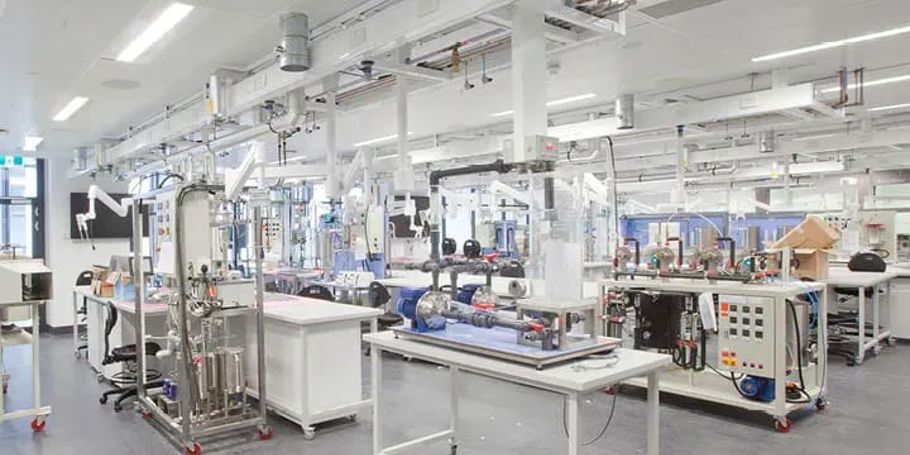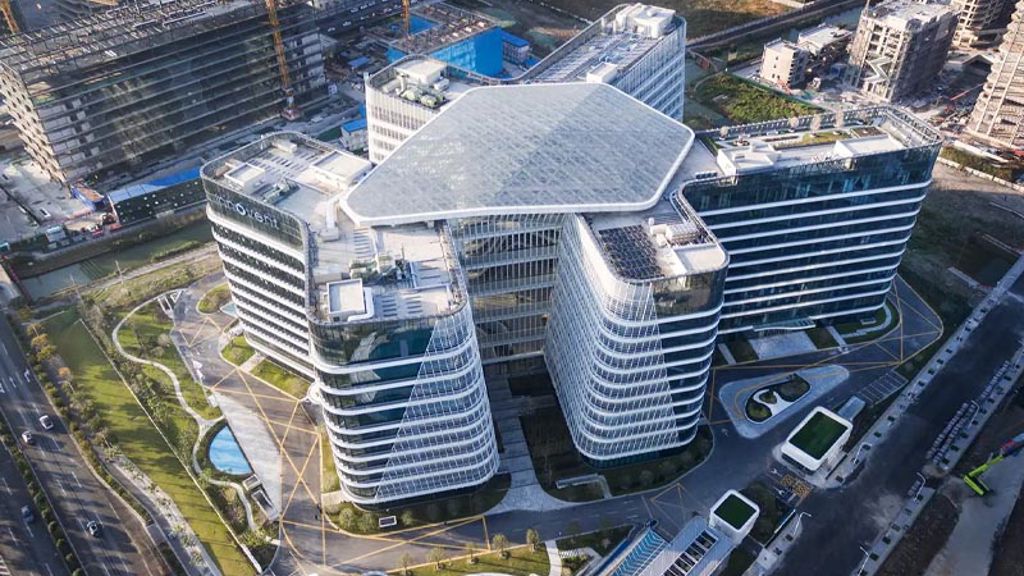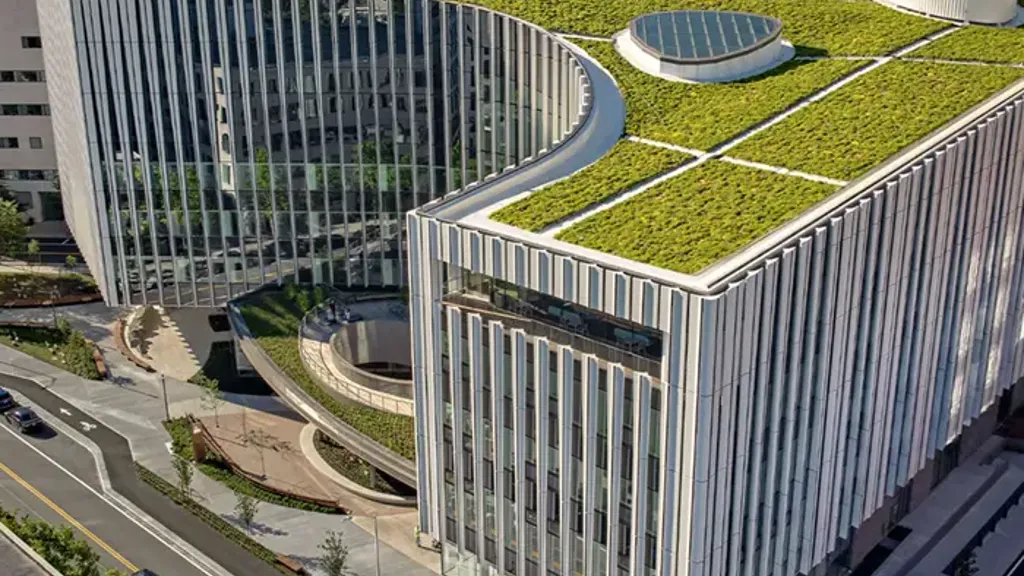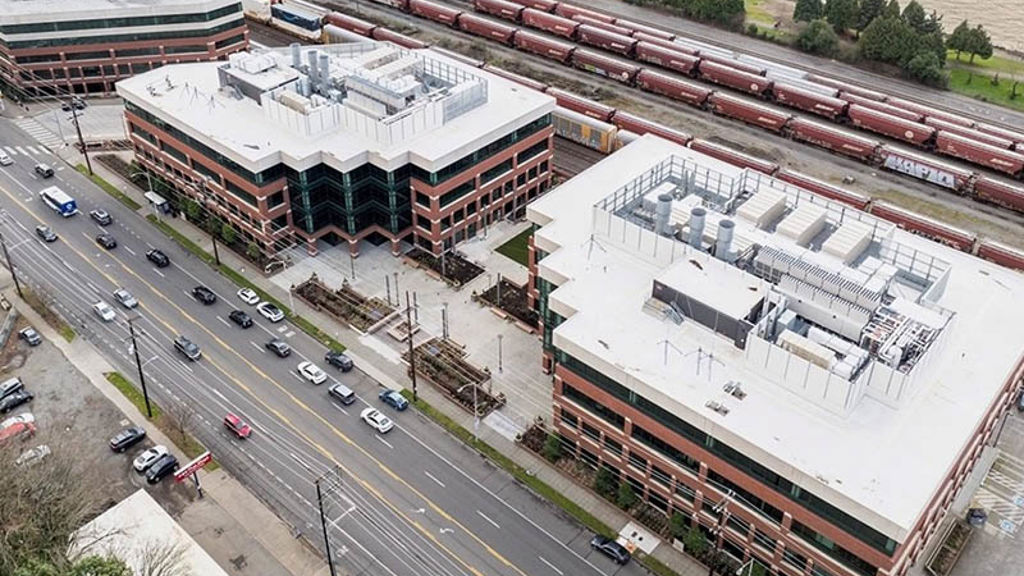LBNF Far Site is designed to house DUNE’s gigantic, state-of-the-art particle detector. Located inside the former Homestake Goldmine, the Far Site Detector is comprised of four massive cryostats (cryogenic vessels) housed inside two seven-story tall caverns stretching the length of two football fields.
As the lead designer of conventional facilities at LBNF Far Site, Arup is overseeing the design of both the cryostat caverns and supporting facilities, including a control room and a central utility cavern for cryogenic and power distribution, HVAC, and IT systems. In addition, we are leading the design of the infrastructure that routes the argon, power, and IT/communications systems needed to power Far Site operations down from the surface. Our team has also designed a range of surface-level upgrades required to facilitate the project.
What is the LBNF?
The Long Baseline Neutrino Facility (LBNF) will be home to the Deep Underground Neutrino Experiment (DUNE), an international flagship experiment hosted by the Department of Energy’s Fermilab that will help physicists unravel the mysteries of neutrinos, one of the universe’s tiniest and most elusive subatomic particles.
Despite its name, LBNF is not one facility but two – LBNF Near Site and LBNF Far Site – which together furnish the infrastructure required to support DUNE. LBNF Near Site, located at Fermilab in Batavia, Illinois, will provide “the world’s most intense beam of high-energy neutrinos” powered by the new Proton Improvement Plan-II (PIP-II) particle accelerator. This beam will be sent 800 miles through the earth to LBNF Far Site, located within the Sanford Underground Research Facility (SURF) in Lead, South Dakota. When the beam arrives at SURF, it will be intercepted by a DUNE detector located nearly a mile beneath the surface.
Using tunnelling expertise to remove 800,000 tons of rock
One of Arup’s primary tasks on this project has been finding the best approach to excavating and removing the 800,000 tons of rock that must be mined to make room for the Far Site’s three massive caverns. Excavating this volume of rock nearly a mile beneath the ground, transporting it to the surface, and then transporting it to its final location is a monumental undertaking. The task is made more complicated by the limited number of shafts and tunnels (known as “drifts”) available to move material in and out of the facility, which makes the construction process much like building a ship in a bottle. The Arup team drew on insights gained from working on deep underground tunnelling for rail projects and other science and energy facilities to address the extreme site conditions at LBNF Far Site and make excavation and removal as safe and efficient as possible.
The team began by mapping, scanning, and drilling to collect detailed data on site conditions. The data was then used to create a robust and highly accurate 3D ground model capable of modelling rock movement and behavior both during and after excavation. The insights garnered from the model enabled our team to design a compatible permanent ground support system that ensures stable conditions over the design life of the facility.









